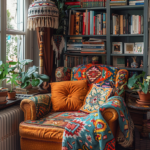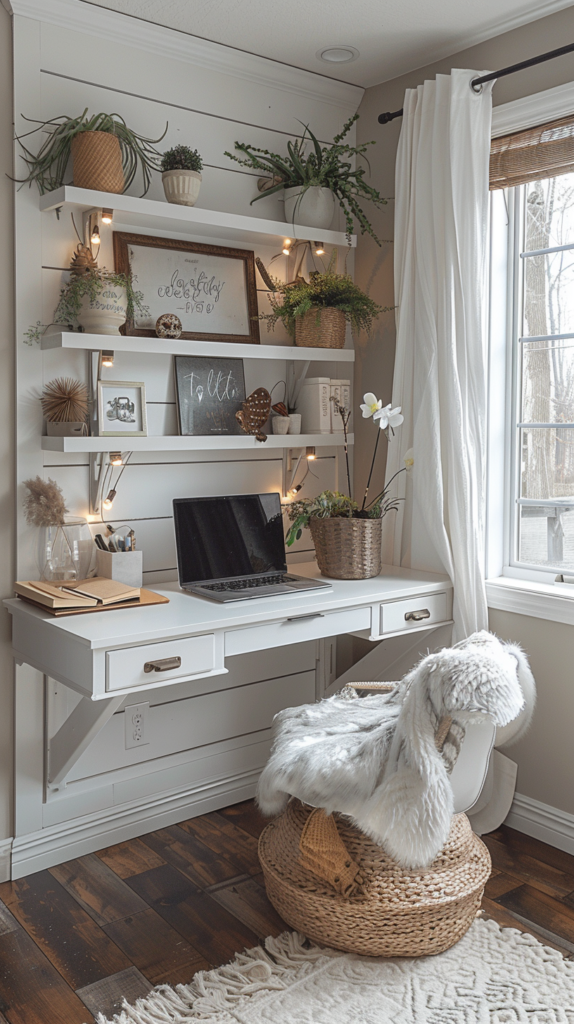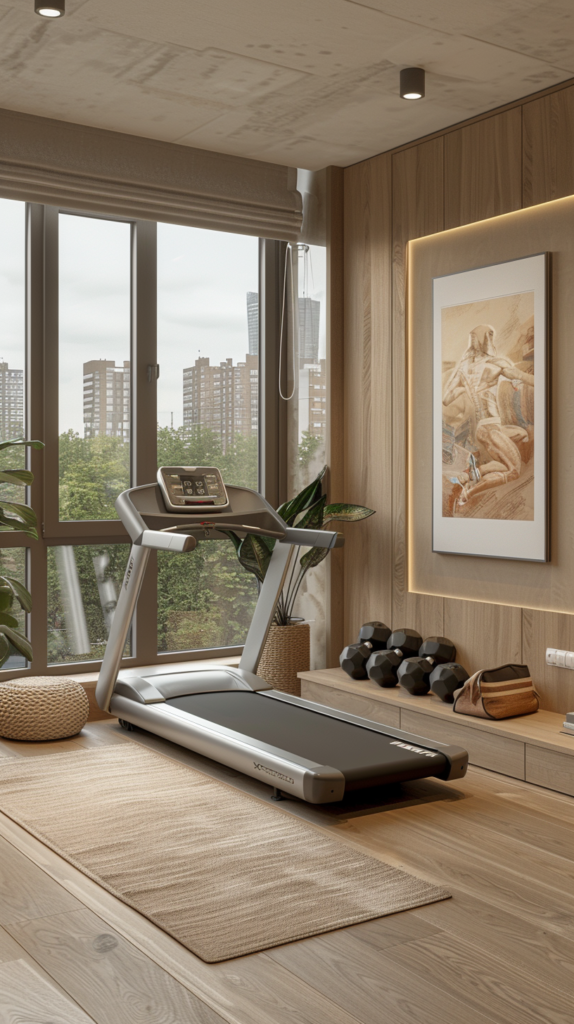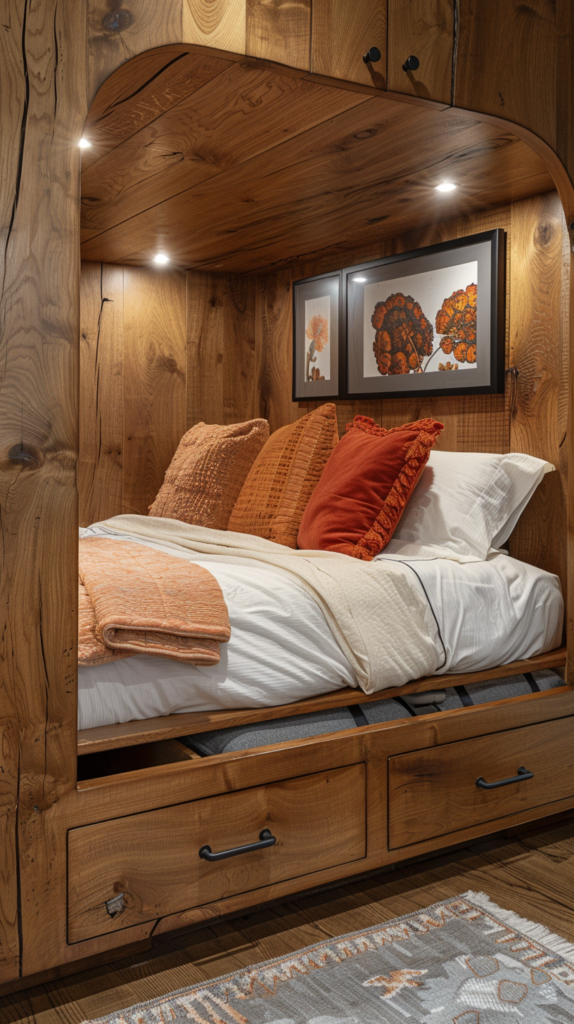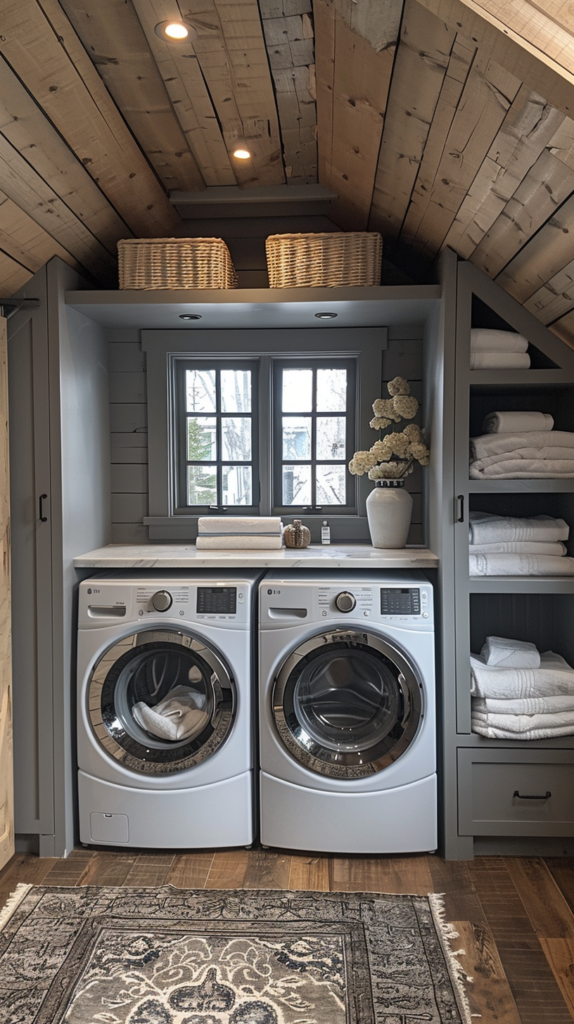Introduction
Adding pops of color can breathe new life into a small room, making it feel vibrant and energetic without overwhelming the space. Strategic use of color not only enhances the room’s aesthetic but also creates focal points that draw the eye and make the space feel larger and more inviting. In this guide, we’ll explore how to effectively incorporate pops of color to revitalize a small room, offering practical tips and creative ideas to brighten up your space.

Understanding the Impact of Color
1. The Psychology of Color
How Color Affects Mood
Colors can significantly impact your mood and emotions. Bright and bold colors like yellow and turquoise can create a cheerful and energizing atmosphere, while softer hues such as pastels bring a calming effect. Understanding these effects helps in choosing the right colors to enhance the vibe of your small room.

Color Temperature and Space Perception
Warm colors (reds, oranges, yellows) tend to make a space feel cozier but can also make it seem smaller if overused. Cool colors (blues, greens) can create a sense of openness and calm, but might feel cold in excess. Balancing color temperature is crucial for optimizing the perception of space in a small room.
2. Choosing the Right Colors
Bright and Bold Colors

Incorporating bright colors like vibrant pinks, electric blues, or sunny yellows can add excitement and personality. Use these colors sparingly to avoid overwhelming the space. Accent pieces and accessories are ideal for introducing bold hues.
Subtle and Soft Colors
Soft colors like muted greens, gentle blues, or pale peaches offer a more understated approach. These colors can create a serene and spacious feel while still providing a refreshing change from neutral tones. Combine them with complementary accents to add depth.

Incorporating Pops of Color
1. Colorful Accents and Accessories
Decorative Pillows and Throws
Add vibrant decorative pillows and throws to your seating areas. Choose patterns and colors that contrast with your existing decor to create eye-catching focal points. These accents are easy to change if you want to refresh the look seasonally.
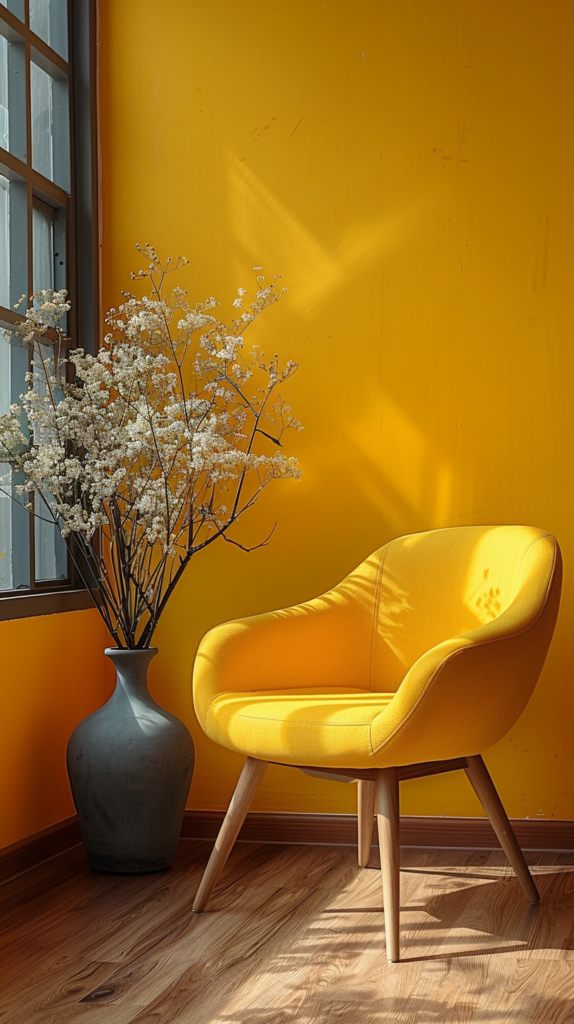
Rugs and Curtains
Incorporate colorful rugs and curtains to add texture and color to the floor and windows. Brightly patterned rugs can define areas within the room, while colorful curtains add a splash of color and frame the windows beautifully.

2. Art and Wall Decor
Bright Artwork
Hang colorful artwork or prints to create focal points on your walls. Select pieces that reflect your style and complement the room’s overall color scheme. Artworks in bold colors can serve as conversation starters and personal expressions.

Accent Walls
Consider painting one wall in a bold color or applying colorful wallpaper to create an accent wall. This technique adds depth and interest without overwhelming the entire room. Choose a color that complements the rest of the space and enhances the overall aesthetic.
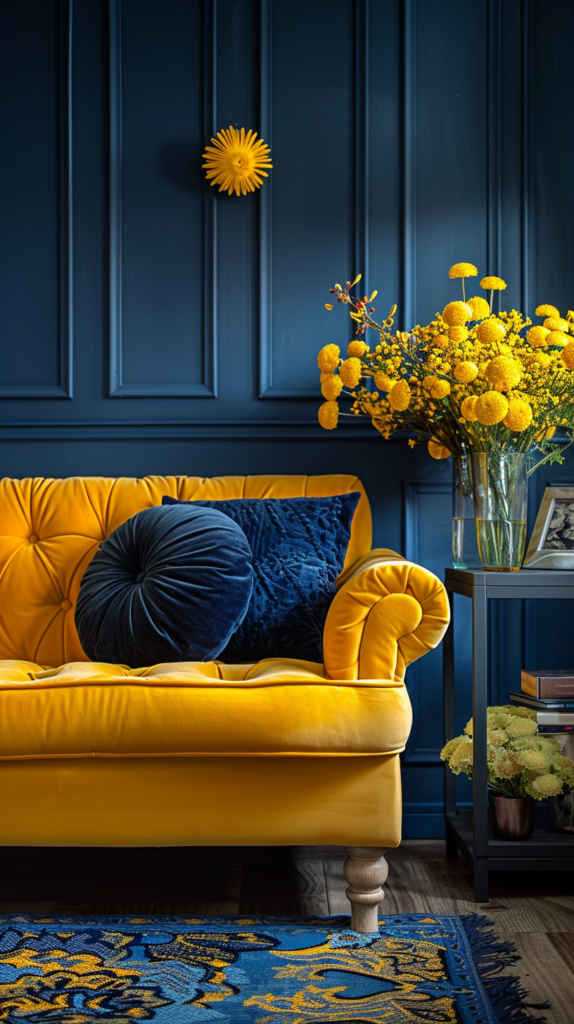
Color and Furniture
1. Colorful Furniture
Statement Furniture Pieces
Introduce colorful furniture, such as a bright armchair or a vibrant coffee table. These statement pieces can anchor the room and add personality. Ensure the colors work well with the existing decor to maintain harmony.

Upholstery and Cushions
Opt for colorful upholstery or cushions on your existing furniture. These elements can easily be swapped out to refresh the look of the room. Choose patterns and textures that enhance the room’s visual interest.

2. Mixing and Matching Colors
Create a Balanced Color Scheme
Mix and match colors thoughtfully to create a cohesive look. Combine bold hues with neutrals to balance the vibrancy and avoid visual overload. Use color wheels or online tools to find complementary color combinations.

Use Color Blocking Techniques
Incorporate color blocking by combining solid blocks of different colors. This technique can be applied to textiles, rugs, or wall decor to create visual interest and depth. Color blocking adds a modern touch to the design.

Practical Tips for Using Color
1. Start Small
Begin with Accessories
Start by adding small pops of color through accessories like cushions, lamps, or vases. This approach allows you to test different hues and see how they interact with your existing decor before making larger changes.
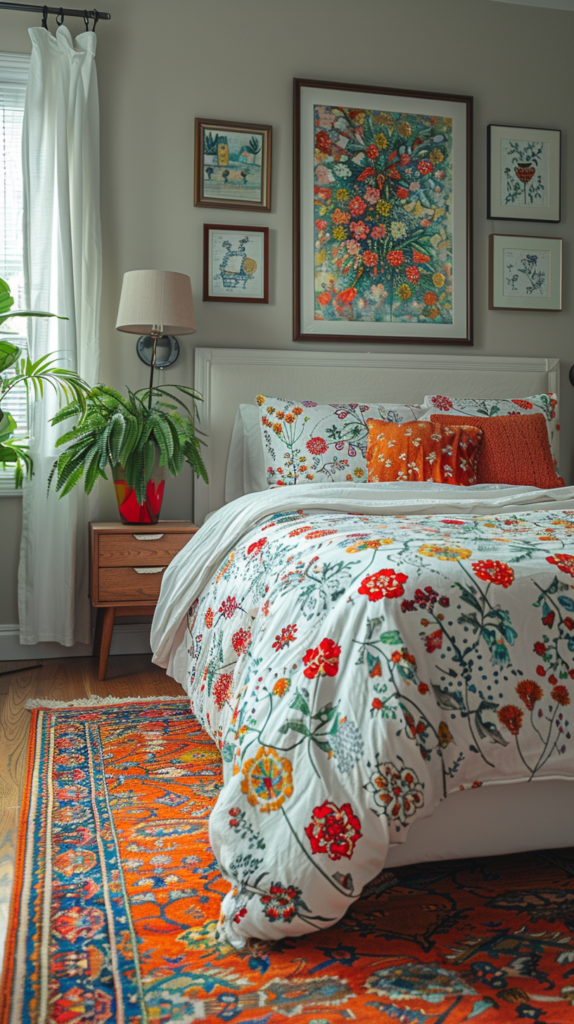
Gradual Introduction
Introduce color gradually to avoid overwhelming the space. Start with a few key pieces and build from there. Monitor how the colors influence the room’s mood and adjust as needed.
2. Consider Room Function
Color and Functionality
Choose colors based on the room’s function. Bright colors can energize a workspace or living area, while calm hues are ideal for bedrooms and relaxation areas. Tailoring colors to the room’s purpose enhances both functionality and ambiance.

Adjusting Based on Light
Consider how natural and artificial light affects colors. Bright colors may appear different under varying lighting conditions, so test samples in different lights before finalizing your choices.
Maintaining a Balanced Look
1. Avoid Overuse
Limit Bold Colors
Avoid overusing bold colors to prevent the room from feeling chaotic. Stick to a balanced approach with a few vibrant accents against a backdrop of neutral tones. This balance ensures the space remains harmonious and visually pleasing.
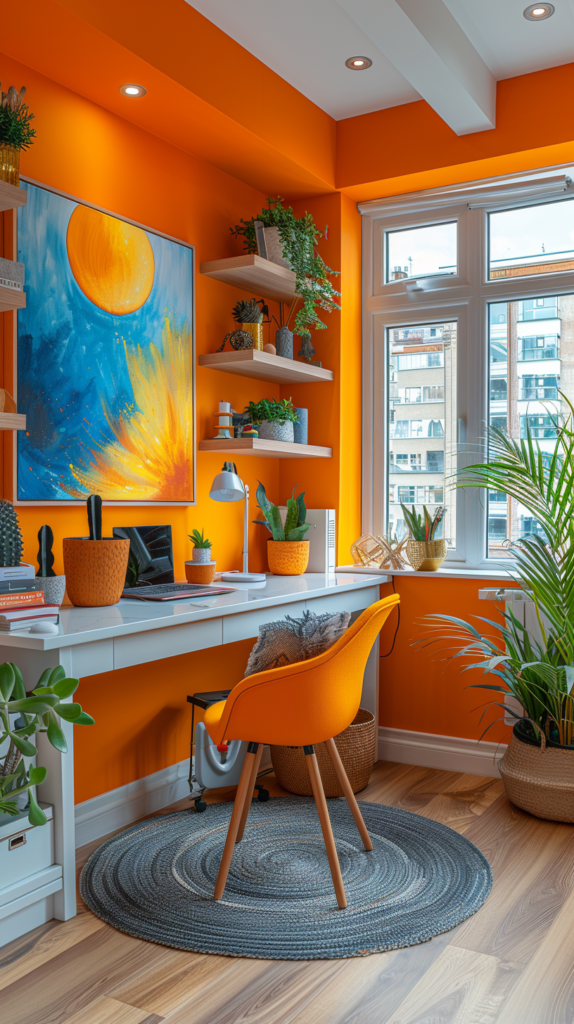
Create Visual Breaks
Create visual breaks in the color scheme by using neutral elements. Incorporate calming tones or textures between bold colors to provide contrast and prevent visual clutter.
2. Refresh and Revise
Seasonal Changes
Update color accents seasonally to keep the space feeling fresh. Switch out cushions, rugs, and artwork to reflect changing seasons or trends. Seasonal updates are a simple way to keep the room dynamic.

Regular Evaluation
Regularly evaluate how the colors are working in your space. Consider making adjustments if the initial choices no longer suit your style or if you want to refresh the look. Keeping the design evolving ensures continued satisfaction.

Conclusion
Using pops of color is an effective way to revitalize a small room and inject personality into the space. By choosing the right colors, incorporating them thoughtfully, and maintaining balance, you can create a vibrant and welcoming environment. Embrace creativity and let color enhance your small room’s charm and functionality.

FAQs
How can I choose the right colors for a small room?
Select colors that complement your existing decor and enhance the room’s mood. Bright colors add energy, while soft hues create a calming effect. Use color wheels or online tools to find complementary color combinations.
What are some easy ways to add pops of color?
Incorporate colorful pillows, throws, rugs, and curtains. Add vibrant artwork or create an accent wall for impactful color changes. These additions can easily refresh the space without major renovations.
How can I avoid overwhelming a small room with too much color?
Limit the use of bold colors and balance them with neutral tones. Create visual breaks with calming elements and adjust color placement to maintain harmony.
Can I mix different bold colors in a small room?
Yes, but do so thoughtfully. Use color blocking techniques and ensure the colors are complementary. Balancing bold hues with neutrals helps prevent visual overload.
How often should I update the colors in my room?
Consider updating seasonal accents or making adjustments based on how the colors interact with the room’s function and lighting. Regular evaluation and seasonal changes can keep the space feeling fresh and vibrant.



